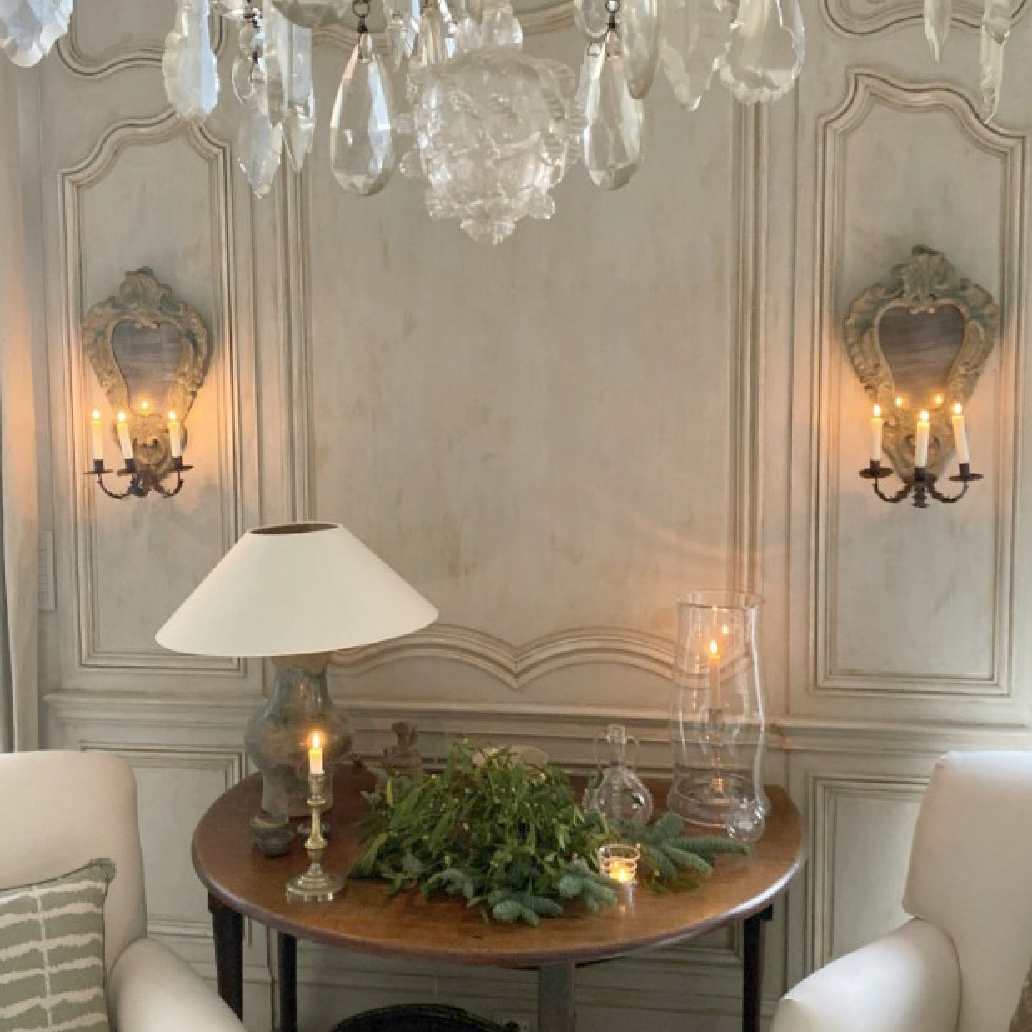
Alluring Brilliance: Discovering the Beauty of All Crystal Chandeliers
Introduction
All crystal chandeliers have captured the hearts of many people for centuries. Their elegance, luxury, and timeless beauty make them a prominent feature in any room. Not only do they provide illumination, but they also serve as an important design element that can enhance the overall ambiance and style of a space. In this article, we explore the fascinating world of all crystal chandeliers, their history, construction, and what makes them so unique and desirable.
The History of Crystal Chandeliers
The origins of the crystal chandelier can be traced back to the medieval period, where they were first used in castles and abbeys. However, it was during the 17th century that crystal chandeliers began to gain popularity in Europe. At that time, they were an exclusive luxury item, available only to the wealthy and elite. The crystal chandelier was not only a symbol of wealth but also a reflection of the owner’s fine taste and refinement.
As the demand for crystal chandeliers grew, more craftsmen and artisans emerged to meet the needs of the market. During the 18th and 19th centuries, the production of crystal chandeliers reached its peak as they became increasingly fashionable in palaces, mansions, and public buildings throughout Europe and North America.
The Anatomy of an All Crystal Chandelier
An all crystal chandelier is made up of several components, including the frame, crystals, chains, and lighting elements. The frame is the skeletal structure that holds the crystals together and supports the weight of the fixture. The crystals are the main feature of the chandelier, and their sparkle and brilliance are what make these fixtures so captivating. The chains are used to suspend the crystals from the frame and can also be used to adjust the height of the chandelier. Finally, the lighting elements, such as candles or light bulbs, provide the necessary illumination to create a magical effect in the room.
The Different Types of Crystal
A crystal chandelier can be made from different types of crystal, each with its unique characteristics, such as clarity, luminosity, and color. The most common types of crystal used in chandeliers are lead crystal, Swarovski crystal, Bohemian crystal, and Murano glass. Lead crystal is known for its high refractive index, which makes it exceptionally brilliant and sparkly. Swarovski crystal is renowned for its flawless cut, which reflects light to create dazzling rainbows. Bohemian crystal comes from the Czech Republic and is known for its rich colors and intricate designs. Murano glass is a type of Italian glass that is famous for its transparency and subtle colors.
Tips for Choosing and Maintaining an All Crystal Chandelier
When choosing an all crystal chandelier, consider the size and style of the room, the height of the ceiling, and the overall design aesthetic. A large and elaborate chandelier may be suitable for a grand ballroom, while a smaller and simpler fixture may be more appropriate for a bedroom or dining room. When it comes to maintenance, regularly dusting and cleaning the crystals and metal components can help to preserve the chandelier’s shine and luster.






